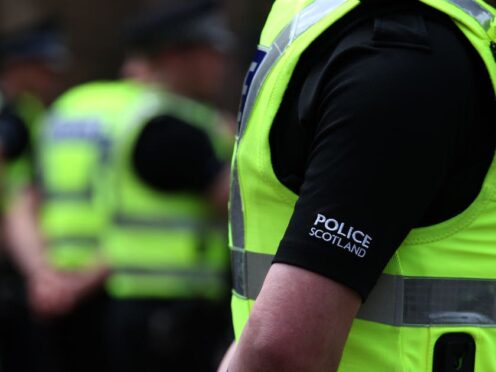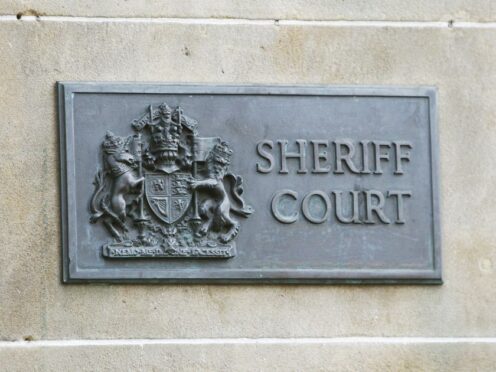The Humanist Society Scotland has launched a legal challenge in a bid to overturn the Scottish Government’s ban on young people deciding to opt out of religious observance in school.
Current regulations only allow parents to opt out on their children’s behalf but the society is calling for this to be extended to young people, as is the case in England and Wales.
The organisation is seeking a judicial review of the Scottish Government’s decision and has submitted legal papers to the Court of Session.
The society claims the Scottish Government has “potentially acted unlawfully” as a recent review by the United Nations Children’s Rights Committee recommended that the parental right to opt out of religious observance should be extended to young people.
Chief executive Gordon MacRae said: “Today in Scotland young people are trusted to get married, join the Army and vote in elections and for the constitutional future of Scotland.
“However, Scottish ministers still do not trust them to make their own decisions about attending religious observance or to give young people the same rights as those living in England and Wales.
“For some time now, Humanist Society Scotland has been calling on the Scottish Government to update its policy on religious observance.
“I had hoped that if they would not listen to us then at least they would listen to the United Nations Children’s Rights Committee.
“We have worked with a number of organisations and individuals over the years to seek to reform religious observance, most notably the Church of Scotland in 2014, with whom we issued a joint call for reform.
“Sadly our efforts to seek progressive reform of this outdated requirement of Scottish education has failed. The Scottish Government’s policy on religious observance is a mess, a classic political fudge. Our young people deserve better.”
A Scottish Government spokeswoman said: “Religious and moral education enables children and young people to explore, debate and more importantly understand the world’s major religions – as well as approaches to living independent of belief.
“Religious observance is a whole school activity which should be sensitive to traditions and origins, and should seek to reflect these but it must equally be sensitive to individual beliefs, whether these come from a faith or non-faith perspective. We encourage schools to discuss options with both parents and their children, particularly in the senior years.”









